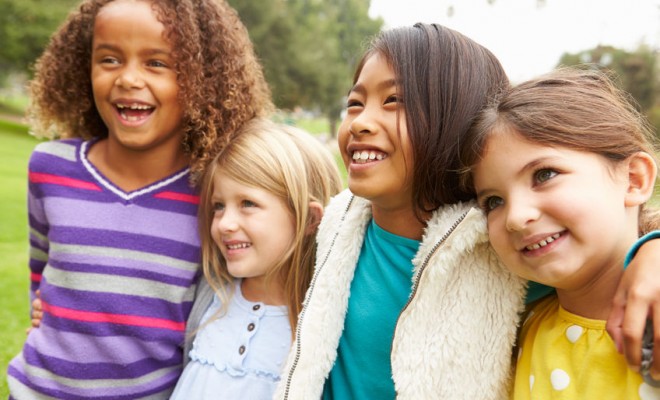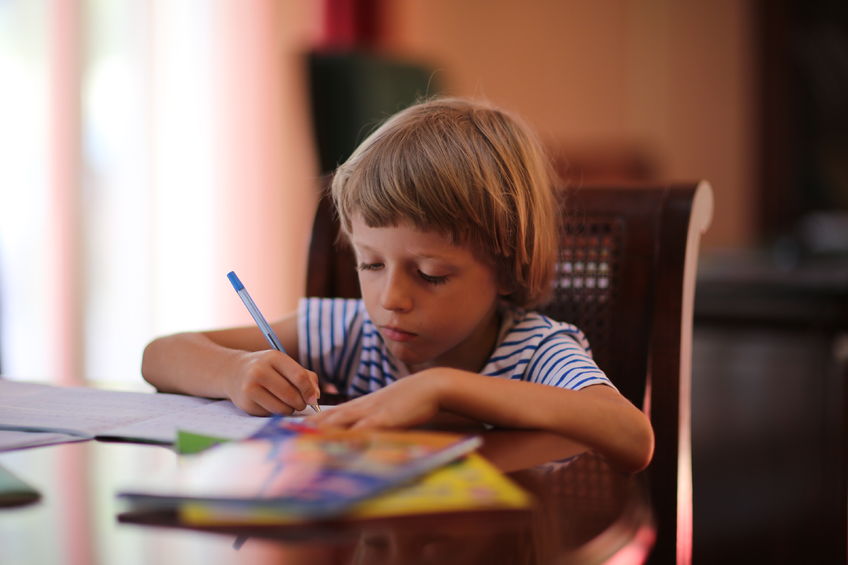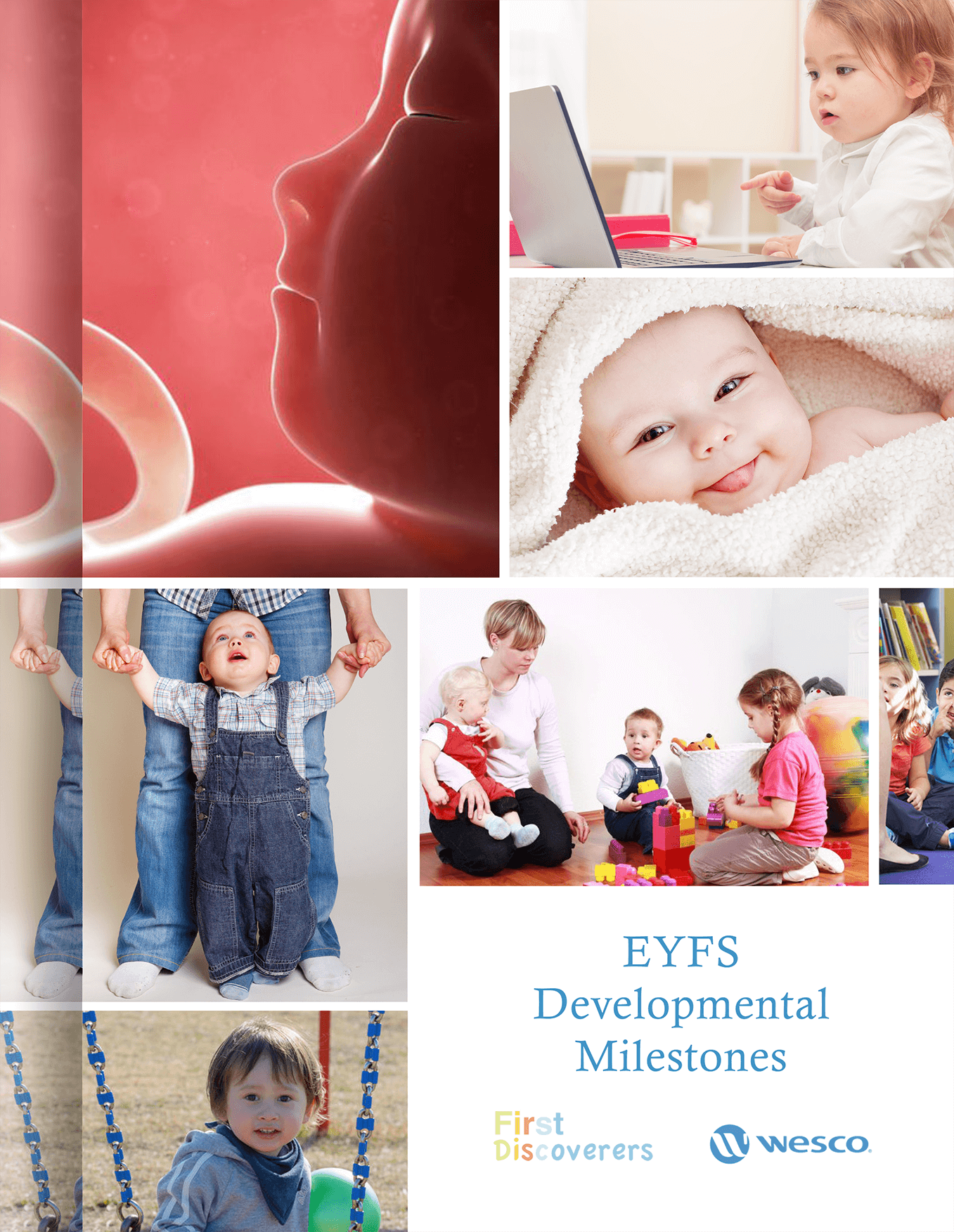
Childcare Environments
How to Nurture Emotional Literacy in Early Years
As well as receiving a good academic education, children should also expect to receive the right kind of support and guidance to develop good social and emotional skills. So what does emotional literacy entail?
What is emotional literacy?
School communities place great importance on tolerance and co-operation between individuals because it enhances the quality of life and sense of well-being for everyone whilst also making any community stronger and more cohesive. Realising this aim demands a group of students who are self-aware and can also relate well to others, i.e. they are emotionally literate.
Emotional literacy contributes much to the happiness, well-being and mental health of individuals whilst also helping to address broader aspects of inclusion in the wider school community, such as multiculturalism, disability awareness, gender and sexual orientation.
Emotional literacy concepts
The notion of emotional literacy was first put forward by Claude Steiner who identified its five essential elements as:
- Knowing your feelings
- Having a sense of empathy
- Learning to manage your emotions
- Learning to repair emotional problems
- Developing emotional interactivity (Steiner, 1979)
This model prioritises understanding your own emotions as well as being sensitive to the feelings of others. These skills facilitate healthy relationships in which children can be encouraged to ‘read’ social signs and use their developing self-control to manage social interactions. Raising awareness in this way can, for instance, prompt children to use dialogue to handle emotionally charged exchanges more productively. As a result, individuals become more confident in dealing with difficult social situations, which can transform their own social experience whilst also helping to build a richer, more co-operative and constructive community.
EYFS Developmental Milestones – Download Free eBook
Importantly, emotional literacy concerns far more than just ‘being nice’. Students also learn about handling ambiguity and difference, as well as how to stand up for a just cause.
Assessing social and emotional competence
Many factors can influence the methods used to assess social and emotional competence, including the age of the children, the educational philosophy of the school setting, and the actual features which are to be measured. Some specific government advice relating to assessment strategies was included in the SEAL initiative (for primary and secondary schools) which focused on the social and emotional aspects of learning (DfES, 2005 & 2007).
Because any assessment primarily aims to improve the quality of social interactions, it is important to use a variety of evidence which provides information about social and emotional competence from a range of perspectives. For example, a student may personally grade themselves as ‘very friendly and reliable’. However, when consulted, at least some of their classmates may not entirely agree, and the teacher’s opinion will offer a further independent judgement.
Other methods of measuring progress may include: contributions to classroom discussions, material collected during individual student interviews, the completion of social surveys, and the use of sociograms to track the development of various friendship groupings and other student interactions. Though the vast majority of such ratings are overwhelmingly positive in their approach, it is also necessary to periodically check for any students who consistently register as not well liked. When done discreetly, this gives an early warning about situations requiring further investigation – for example, indications of systematic bullying or other forms of social isolation.
Promoting social & emotional competence in school
Strategic government guidance (DfES, 2005) encourages schools to adopt a tripartite set of measures as follows:
a) Institution-wide focus on emotional health and well-being via high-quality teaching of social, emotional and behavioural skills to all children.
b) Carefully targeted interventions for small groups of at-risk children who need focused help to improve particular skills.
c) Individual support for those with issues requiring urgent and specific, child-centred interventions.

Institutions adopting this model can direct and optimise resources to meet student needs: Whole-school approaches can be used to reinforce social skills, or to develop inclusive initiatives such as gender equality. Smaller scale focus groups can then be selectively employed, for example, to tackle age-related issues or provide additional support for children who lack strong family support. Hopefully, that leaves only a few students with more challenging problems, who can then receive customised support to address their needs and prevent any deterioration in their mental health.
Soft skills enhance modern living
At a personal level, children who develop strong emotional intelligence will grow up to become better communicators who suffer less anxiety and stress. They will be better equipped to defuse conflicts, and thus be more likely to enjoy improved relationships and approach life’s challenges with greater confidence.
In addition, these ‘social problem solvers’ will enter the commercial world able to negotiate, communicate, and be assertive yet not aggressive – just the kind of people skills every employer values. All of which bodes well for their future economic success too.
References







You must be logged in to post a comment Login